6 Common Mistakes to Avoid When Using Laryngoscope Video
Sep 23, 2024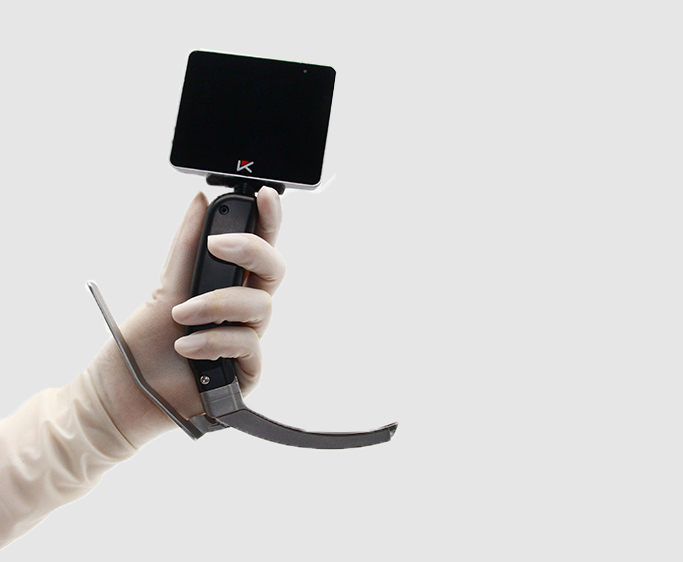
Laryngoscope video technology has transformed airway management, providing better visualization, improved success rates, and enhanced patient safety. With the advent of reusable video laryngoscopes, like those offered by Mole Medical, healthcare professionals now have access to cost-effective, ergonomic devices that enhance the efficiency of intubation. However, despite these advancements, improper use of video laryngoscopes can still lead to mistakes that impact patient outcomes. Here are six common mistakes to avoid when using a video laryngoscope.
1. Inadequate Preparation and Familiarization
Lack of Familiarity with Device Features
One of the most common mistakes when using a reusable video laryngoscope is insufficient familiarity with its features and functions. The enhanced visualization capabilities, recording features, and rotating angles of the monitor offer significant benefits, but only if the practitioner is fully comfortable using the device. Lack of training on how to adjust the monitor’s angles or use the recording features can result in suboptimal performance, especially during difficult airway intubations.

Not Adjusting the Monitor for Optimal Viewing
Video laryngoscopes, such as those from Mole Medical, are equipped with adjustable monitors that can rotate up to 270 degrees. This allows the user to find the best viewing angle, but many practitioners fail to adjust the screen before beginning the procedure. A poorly positioned screen can force the practitioner to adopt awkward body positions, which can hinder performance and make intubation more challenging.
Overlooking the Importance of Sterilization
Since reusable Laryngoscope Video must be sterilized between uses, inadequate attention to this step can result in complications. Failing to properly clean and sterilize the device can lead to contamination and increase the risk of infection. Make sure that your staff follows all sterilization protocols, using appropriate techniques and solutions to maintain the device’s functionality and ensure patient safety.
2. Incorrect Blade Selection for the Patient
Using a Blade That Is Too Large or Too Small
Video laryngoscopes come with a variety of blade sizes, which can be adapted to different patient demographics—from infants to adults. However, a common mistake is choosing an inappropriate blade size for the patient. Using a blade that is too large for a pediatric patient or too small for an adult can compromise visualization and make intubation more difficult. Always ensure the blade size matches the patient’s anatomy.
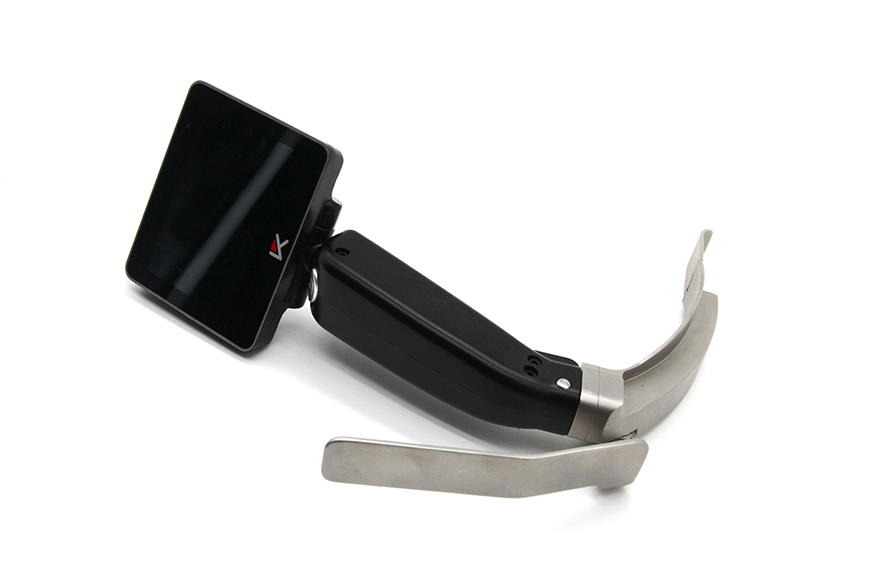
Not Using Specialized Blades for Difficult Airway Cases
Many reusable video laryngoscopes, including models from Mole Medical, offer specialized blades designed for difficult airway intubation. Failing to utilize these specialized tools during challenging procedures can lead to unnecessary difficulties. Ensure that the correct blade—particularly those with tilting tips for hard-to-reach airways—is chosen for complex cases to maximize success.
Forgetting to Check Blade Angles Before Use
Each laryngoscope blade has a specific angle of vision, typically around 73 degrees, as well as a field depth range that must be adhered to. Using a blade with the incorrect angle or depth can hinder visibility and complicate the intubation process. Check the blade’s technical specifications, such as angle of vision and depth, to ensure they align with the patient’s needs before starting.
3. Mismanagement of Camera and Lighting
Ignoring Camera Resolution and Lighting
The quality of the laryngoscope video is heavily dependent on camera resolution and lighting. Mole Medical’s reusable video laryngoscopes offer high-resolution cameras (up to 2 megapixels) and powerful LED lighting with a brightness of at least 800 lux. Not taking advantage of these features—by failing to adjust the lighting or camera focus—can lead to poor visibility of the larynx and vocal cords, making the procedure more difficult and less successful.
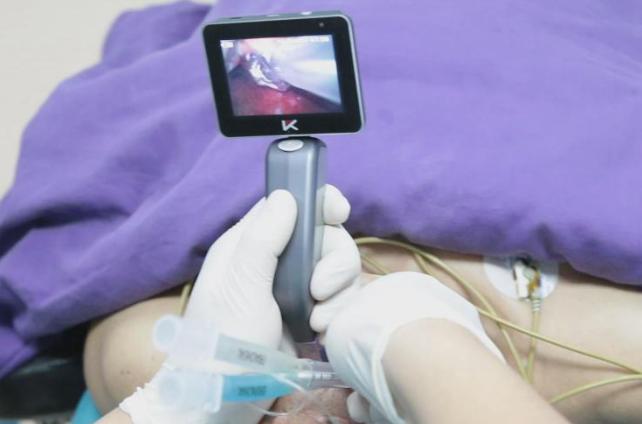
Overlooking the Need for Adjusting Light Intensity
Different procedures and patient conditions may require varying levels of light intensity. Some models allow for adjustable light settings to accommodate these differences, but many practitioners fail to modify the lighting for different scenarios, resulting in either too much glare or insufficient illumination. This simple oversight can drastically reduce the quality of the visualization, making intubation harder.
Forgetting to Clean the Camera Lens
Before using the Laryngoscope Video, it’s crucial to inspect and clean the camera lens. A fogged or dirty lens can obstruct the view of the airway and lead to incorrect intubation placement. Cleaning the lens before each use ensures the highest quality image is transmitted to the monitor, improving the overall success of the procedure.
4. Poor Handling of Data and Video Recordings
Failing to Record Critical Procedures
Many reusable video laryngoscopes offer recording capabilities, which can be essential for documentation, quality control, and even legal purposes. However, some practitioners neglect to utilize this feature during critical procedures. Failing to record the process means missing out on opportunities for detailed post-procedure analysis, training, and medico-legal protection.
Improper Management of Video Files
Video recordings stored on the device should be properly managed and transferred to secure storage systems, particularly if they are needed for documentation or future review. Mole Medical’s devices support micro SD cards with up to 64GB of storage. Failing to manage video files—such as by leaving them on the SD card without backup—could result in lost data or compromised patient records.
Overlooking Data Encryption and Security
Since video recordings are part of patient records, maintaining their confidentiality and integrity is crucial. Ensure that the video data from your laryngoscope is properly encrypted and transferred to secure databases. Not doing so could violate patient privacy protocols and result in legal consequences for the medical institution.
5. Underestimating Battery Life and Power Supply
Failing to Monitor Battery Levels
The rechargeable lithium battery in a Laryngoscope Video offers several hours of continuous use, but some practitioners overlook the importance of checking battery levels before a procedure. A device that runs out of battery mid-procedure can cause unnecessary delays and complications. Regularly check battery levels and recharge the device after each use to avoid interruptions.
Not Having Backup Power Available
It’s essential to have a backup power source ready in case of unforeseen battery depletion during a procedure. Mole Medical’s video laryngoscopes can last up to 270 minutes on a single charge, but it’s still wise to have an extra charged battery or portable power supply on hand in case the procedure extends beyond this timeframe.
Ignoring Battery Replacement Cycles
Even high-quality batteries have a limited lifespan. Failing to replace the battery when its performance starts to decline can lead to reduced operating times and an increased risk of failure during procedures. Be sure to follow the recommended battery replacement cycle—typically after 500 uses—so the device is always ready for optimal performance.
6. Inadequate Training and Team Communication
Insufficient Staff Training
While video laryngoscopes are highly effective, they require proper training to use effectively. Many practitioners make the mistake of assuming that all staff members are adequately trained, leading to errors in patient care. Mole Medical’s devices are designed for ease of use, but regular training sessions should be held to ensure that every member of the team is proficient in operating the device.
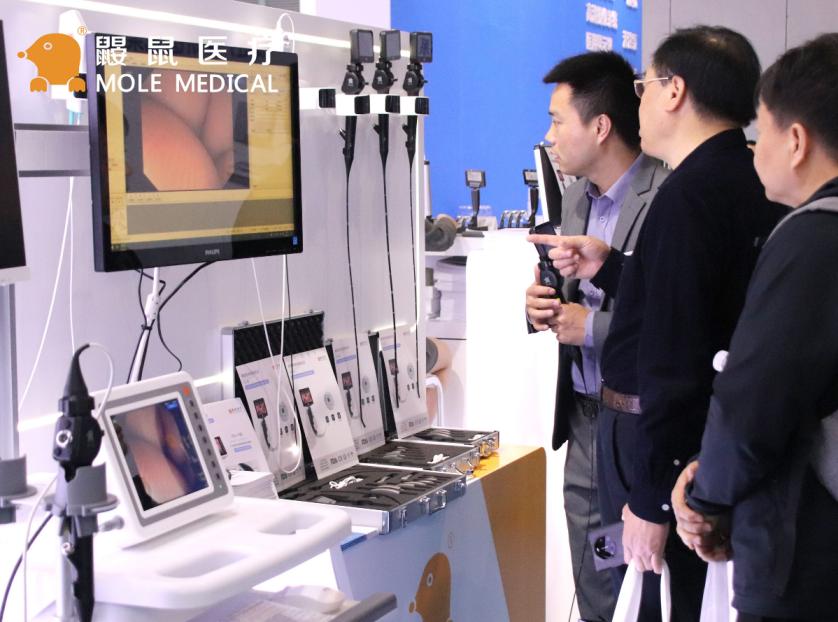
Poor Communication During Procedures
Video laryngoscopy involves teamwork, especially in critical care or emergency settings. If communication between team members is poor, the efficiency and success of the procedure can be compromised. Establish clear communication protocols during airway management procedures to avoid confusion and ensure smooth operations.
Failing to Use Real-Time Feedback for Training
One of the greatest advantages of video laryngoscopy is its ability to provide real-time feedback during procedures. This feature is invaluable for training purposes, allowing junior staff to learn under supervision. Neglecting to utilize this training opportunity limits the educational potential of the device.
Conclusion
In conclusion, while Laryngoscope Video from Mole Medical provides enhanced visualization, ergonomics, and success rates, avoiding these common mistakes is essential to maximizing their benefits. Proper preparation, blade selection, data management, and training can lead to better patient outcomes and more efficient airway management in various clinical settings.
Categories
Latest Articles
Clinical comparison of foreign body removal procedures using rigid bronchoscopy, fiberoptic bronchoscopy, and flexible electronic bronchoscopy
Bronchial foreign bodies are a common emergency in pediatrics. Clinically, bronchoscopy techniques are typically used to remove the foreign bodies. Currently, the three main bronchoscopy techniques each have their own characteristics, and among them, the flexible bronchoscopy shows unique clinical value in pediatric patients. This article conducts a clinical application analysis of all three bronchoscopy ... Read more
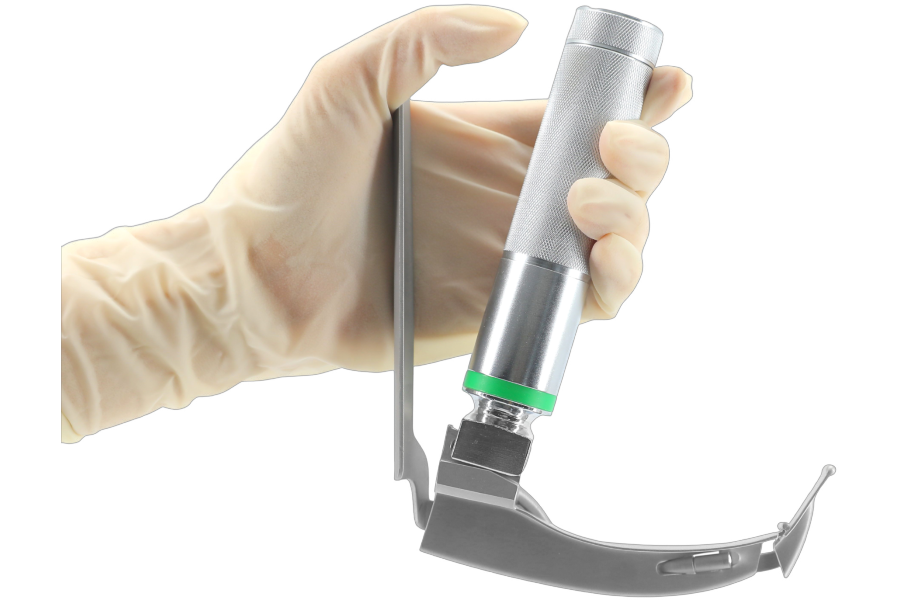
How Fibre Optic Laryngoscopes Improve ENT Procedures
In modern ENT procedures, precision and visibility are key. That’s where the laryngoscope fibre optic technology comes in. Unlike traditional tools, these advanced devices use fibre optics to provide a clear, well-lit view of the throat and vocal cords. This means doctors can see more and do more—with less risk to the patient. But how ... Read more
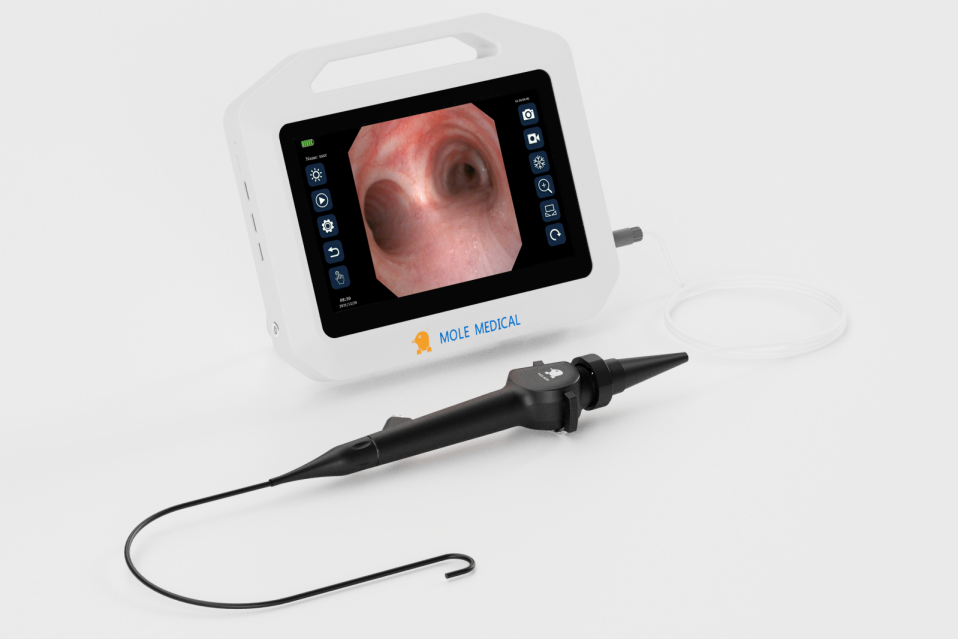
Flexible Laryngoscopy: A Clearer Voice for Quicker Diagnoses
Flexible Laryngoscopy is a powerful tool that helps ENT specialists do just that. It uses a thin, flexible scope to view the throat, vocal cords, and airway in real-time. The procedure is quick, non-surgical, and performed right in the clinic. For patients with voice changes, chronic cough, or throat discomfort, this method offers fast answers ... Read more
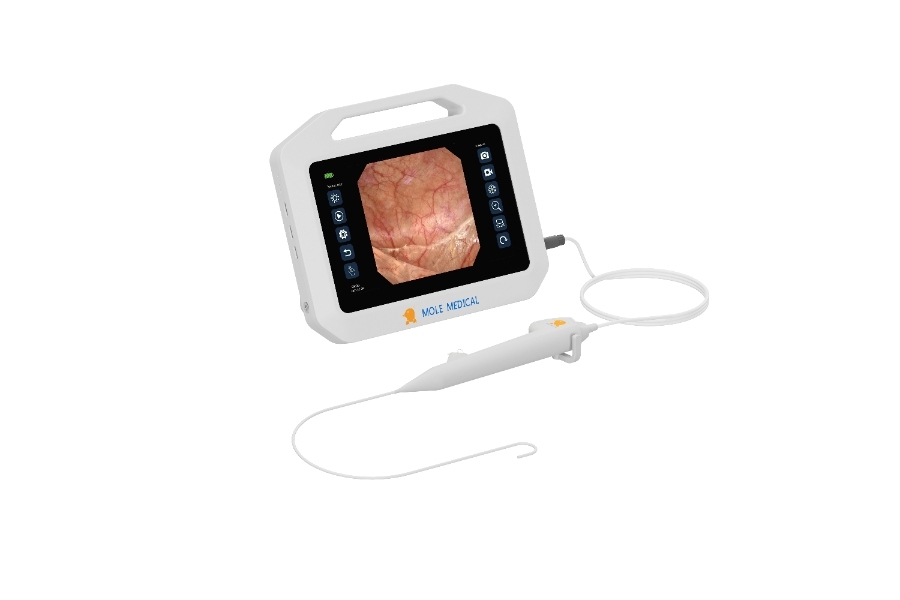
Smart Solutions in Ureteroscopy: Mole Medical’s Disposable Flexible Scope vs Karl Storz Legacy
In the field of urology, the name “ureteroscope Karl Storz” has long stood for precision and reliability. As a global leader, Karl Storz has set the standard for reusable ureteroscopes. But now, a new contender is entering the spotlight. Jiangsu Mole Medical, a national high-tech enterprise, is challenging the status quo. With a focus on ... Read more
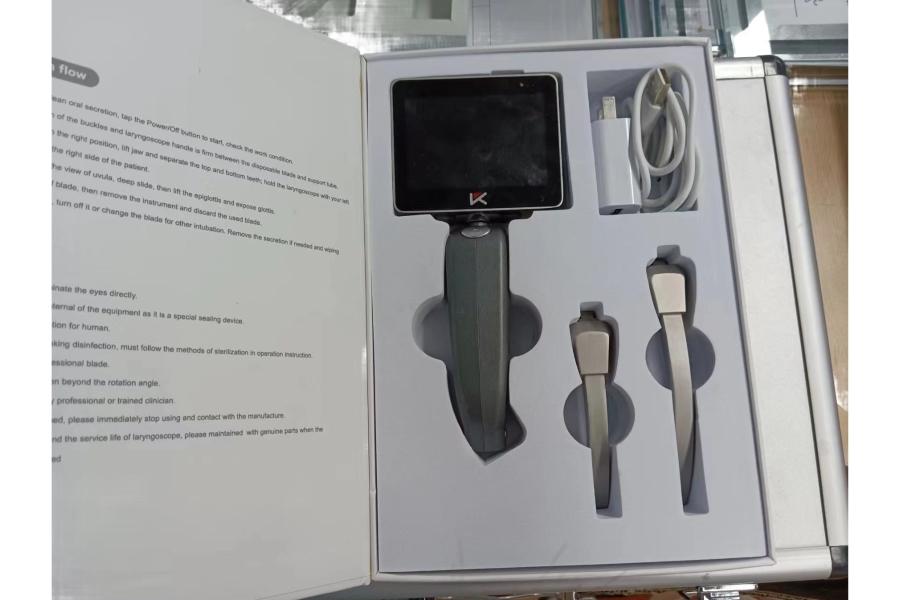
Behind the Scenes with Mole Medical: Inside the World of Leading Video Laryngoscope Manufacturers
In the fast-evolving medical device industry, video laryngoscope manufacturers play a key role in advancing patient care. Mole Medical stands out not just for its products, but for what happens behind the scenes. What makes this company different? Why do so many professionals trust its solutions? One reason is speed. Mole Medical has an R&D ... Read more



